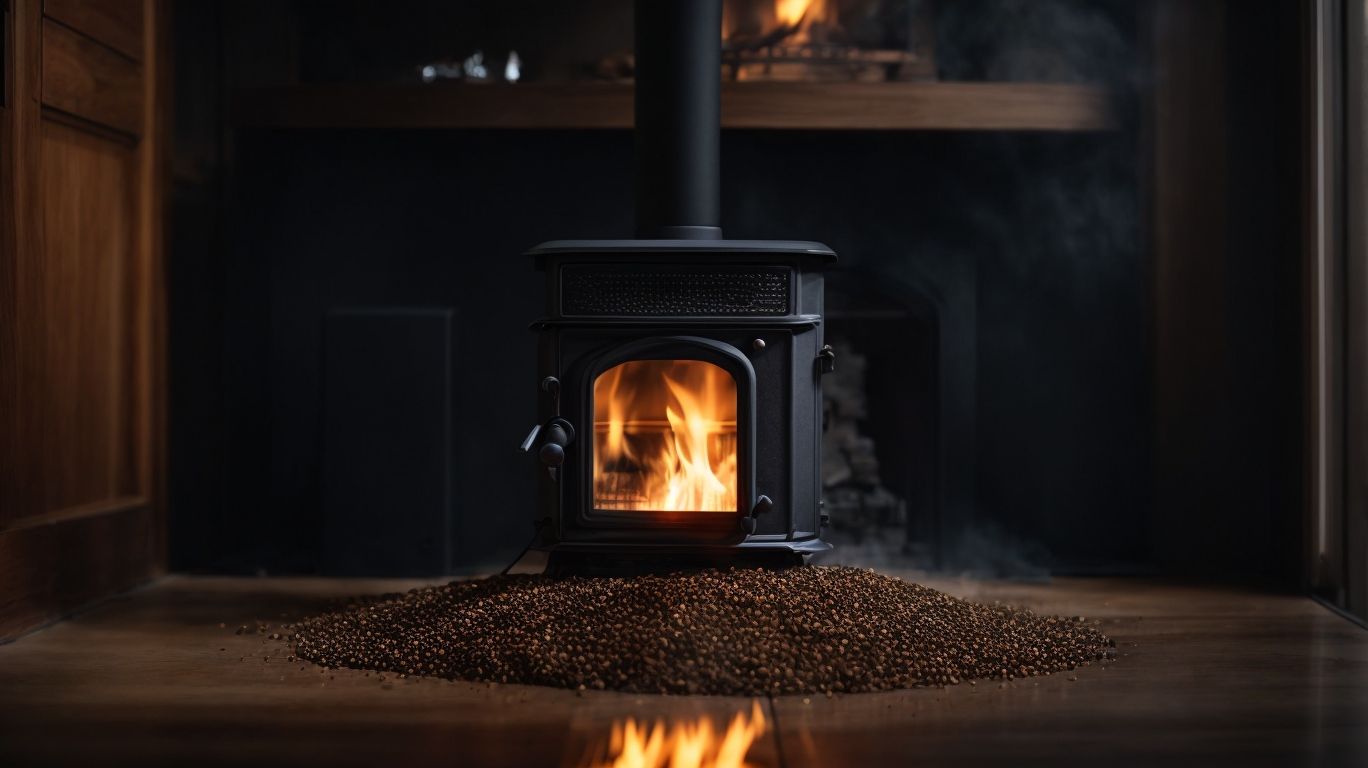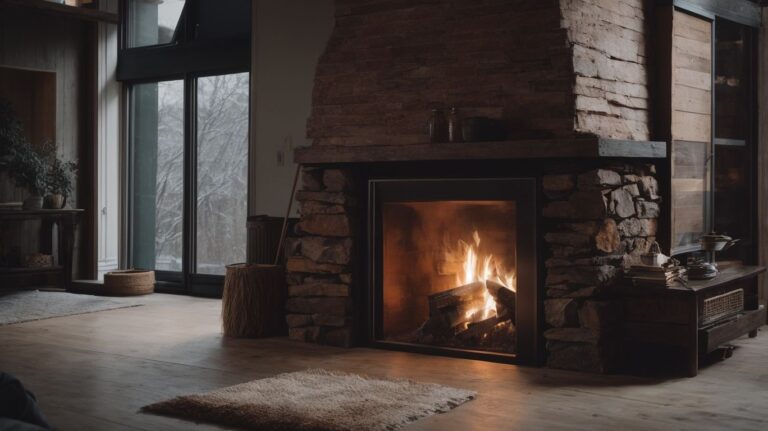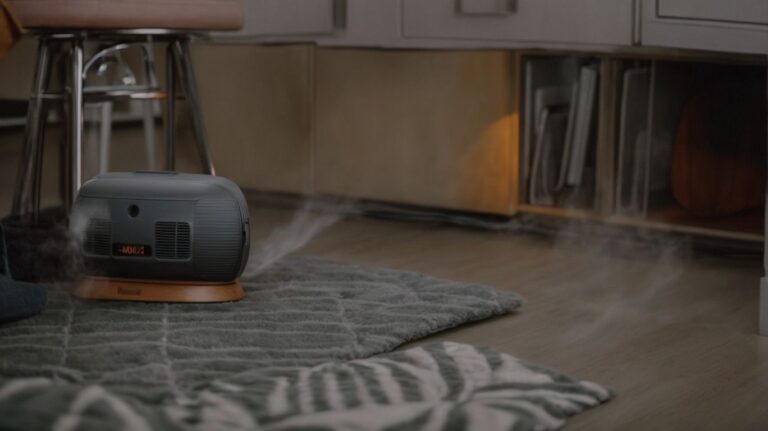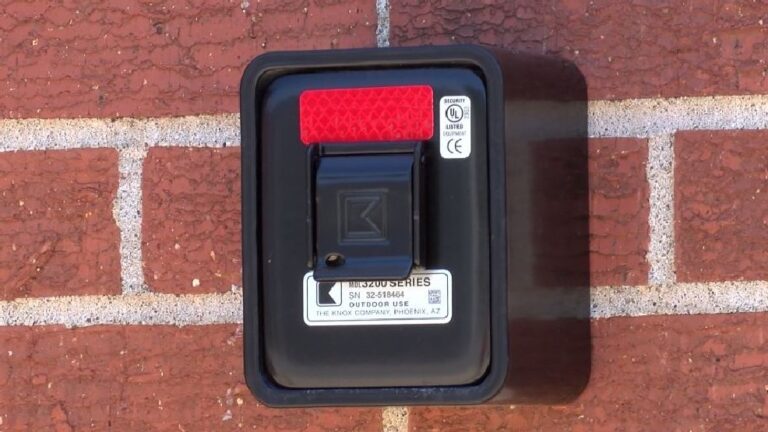Pellet Stoves Are They Really Safe – Pellet stoves have gained popularity as a cost-effective and environmentally friendly heating option for many households. But are they safe?
In this comprehensive guide, we will explore what pellet stoves are, how they work, and the benefits they offer. We’ll also delve into the safety concerns associated with pellet stoves, including the risk of fire, carbon monoxide poisoning, and exposure to dust and allergens. We’ll provide essential tips on how to ensure the safe use of pellet stoves through regular maintenance, proper installation, and the use of carbon monoxide detectors.
We’ll discuss alternative heating options such as wood stoves, electric fireplaces, and gas stoves. So, if you’re considering a pellet stove for your home, or simply interested in learning more about heating alternatives, this article is a must-read.
What Are Pellet Stoves?
Pellet stoves are advanced residential heating appliances that utilize wood pellets as their primary fuel source, offering efficient and eco-friendly warmth to indoor spaces.
These stoves function by automatically feeding the pellets into a burn pot, where they are ignited and produce heat. The combustion process is controlled electronically, ensuring optimal efficiency. One of the primary purposes of pellet stoves is to provide a sustainable heating solution, reducing reliance on traditional fossil fuels. Their environmental impact is relatively low, as wood pellets are a renewable energy source, making them an eco-conscious choice for homeowners looking to reduce their carbon footprint.
How Do Pellet Stoves Work?
Pellet stoves operate through the controlled combustion of wood pellets, generating substantial heat output while ensuring efficient utilization of the fuel source.
The combustion process in pellet stoves involves the controlled feeding of wood pellets into a burn pot or combustion chamber, where they are ignited to produce heat. The design of pellet stoves includes an automatic feeder and electronic controls, regulating the flow of pellets and the combustion process. This automation ensures consistent and efficient heat generation.
The ash removal system in pellet stoves minimizes maintenance requirements, contributing to their overall efficiency and convenience.
What Are The Benefits Of Using Pellet Stoves?
Using pellet stoves offers numerous benefits, including reduced emissions, adherence to best practices for residential heating, and efficient utilization of wood pellets as a sustainable fuel source, contributing to environmental conservation and cost-effective warmth.
Cost-effective
One of the key benefits of pellet stoves is their cost-effective operation, achieved through their high efficiency in utilizing wood pellets as a sustainable fuel source, resulting in significant savings for homeowners.
This is particularly appealing for those seeking an eco-friendly and economical heating solution. The cost-effectiveness stems from the fact that wood pellets, the primary fuel for pellet stoves, are generally less expensive than traditional fuels. The efficiency of pellet stoves results in lower fuel consumption, further contributing to cost savings.
When compared to other heating options, the sustainable nature of wood pellets and the minimal emissions generated make pellet stoves an environmentally responsible choice for heating homes. These factors combine to offer homeowners a cost-effective and sustainable heating solution with long-term financial and environmental benefits.
Environmentally Friendly
Pellet stoves are renowned for their environmentally friendly operation, characterized by reduced emissions and the integration of advanced pellet stove technology, contributing to sustainable residential heating practices.
They utilize compressed wood or biomass pellets as a clean energy source, resulting in significantly lower carbon emissions compared to traditional heating methods. The combustion process in pellet stoves is highly efficient, minimizing particulate matter and greenhouse gas emissions. This makes them an eco-friendly alternative for households, promoting a positive environmental impact.
With their automated features and digital controls, pellet stoves optimize fuel usage and provide consistent warmth, aligning with the growing demand for sustainable heating solutions in modern homes.
Efficient Heating
Pellet stoves excel in providing efficient heating solutions, ensuring precise temperature control and consistent heat output, enhancing the comfort and warmth of indoor spaces.
They are designed to efficiently burn pellets, which are made from compressed organic materials such as wood waste. This process ensures a steady and controllable heat supply, allowing users to achieve their desired level of warmth without the fluctuations often experienced with traditional wood-burning stoves.
The integrated thermostats and programmable settings further contribute to maintaining a comfortable environment while optimizing fuel usage for cost-effective heating.
What Are The Safety Concerns Of Pellet Stoves?
Despite their numerous benefits, pellet stoves pose certain safety concerns, including the risk of fire accidents and potential exposure to carbon monoxide emissions, necessitating appropriate precautions and proactive safety measures.
Ensuring that the pellet stove is installed and maintained according to the manufacturer’s guidelines is crucial in preventing fire hazards and reducing the likelihood of carbon monoxide leakage. Regular chimney inspections, proper ventilation, and the use of carbon monoxide detectors play a vital role in maintaining a safe indoor environment.
Educating all household members about safe operation and immediate actions in case of emergencies further enhances the overall safety measures around pellet stoves.
Risk Of Fire
The risk of fire related to pellet stoves is primarily associated with exhaust system malfunctions and the accumulation of ash, underscoring the importance of regular maintenance and diligent oversight to mitigate potential hazards.
Regular maintenance of the exhaust system is crucial to ensure that it functions properly, preventing the buildup of combustible materials that could lead to a fire. The accumulation of ash in the stove and exhaust system poses a significant risk. Routine cleaning minimizes this risk and ensures the safe operation of the pellet stove.
Neglecting maintenance can result in blockages, inadequate venting, or even ignition of accumulated debris, potentially leading to a hazardous situation.
Risk Of Carbon Monoxide Poisoning
The risk of carbon monoxide poisoning from pellet stoves is associated with compromised indoor air quality and inadequate air intake, necessitating meticulous attention to ventilation and the implementation of safety precautions to safeguard occupants from potential harm.
When pellet stoves are not properly maintained or vented, they can emit carbon monoxide, a colorless, odorless gas that can be lethal if inhaled in excessive amounts. To minimize the risk, it’s crucial to ensure that the stove’s air intake is unobstructed and that there is sufficient ventilation to allow the gas to escape. Regular inspections and maintenance of the stove and its venting system are essential to prevent the buildup of carbon monoxide. Installing a carbon monoxide detector in the vicinity of the stove is a critical safety measure to provide early warning of any potential leaks.
Risk Of Dust And Allergens
Pellet stoves pose a risk of circulating dust and allergens within indoor spaces, highlighting the importance of effective venting systems and proactive measures to maintain optimal indoor air quality and mitigate potential health concerns.
These stoves utilize wood pellets as a source of fuel, which can release fine particles and allergens into the air. Without proper ventilation, these particles can accumulate, aggravating allergies and respiratory issues. To address this, it’s essential to install and maintain high-quality venting systems that direct emissions outside.
Adopting regular cleaning routines for the stove and surrounding areas, as well as using air purifiers, can further reduce the presence of these irritants, ensuring a healthier indoor environment for occupants.
How To Ensure The Safe Use Of Pellet Stoves?
Ensuring the safe use of pellet stoves entails prioritizing regular maintenance and adhering to essential safety precautions, which encompass proper installation, vigilant monitoring, and the implementation of carbon monoxide detectors to safeguard occupants from potential hazards.
Regular maintenance of pellet stoves involves cleaning the exhaust system, ensuring proper air intake, and promptly addressing any signs of wear or malfunction. It’s crucial to follow the manufacturer’s guidelines for inspection and cleaning intervals.
Safety precautions also include providing adequate ventilation, restricting access to the stove by children or pets, and using proper fuel. Installing carbon monoxide detectors near sleeping areas and testing them regularly is paramount to detect any buildup of this odorless gas.
Regular Maintenance And Cleaning
Regular maintenance and cleaning of pellet stoves are essential tasks that encompass proper pellet storage, diligent upkeep, and adherence to maintenance tips to ensure optimal performance and longevity of the heating appliance.
Proper pellet storage is crucial to maintaining the quality and efficiency of the pellets. It is important to store them in a dry area to prevent moisture absorption, which can lead to combustion issues.
Regular cleaning of the stove, including the burn pot, heat exchanger, and ash traps, is vital to prevent the buildup of ash and soot, which can hinder the stove’s performance.
Maintenance tips such as inspecting the gaskets, fans, and motors should be followed to ensure the stove operates smoothly.
Consistent upkeep practices are fundamental in maximizing the functionality and lifespan of pellet stoves.
Proper Installation
The proper installation of pellet stoves is paramount, involving meticulous consideration of flue gas venting, exhaust system placement, and adherence to manufacturer guidelines to ensure safe and effective operation within indoor environments.
This installation process is crucial as it directly impacts the efficiency and safety of the pellet stove. Proper venting of flue gas is essential to prevent the accumulation of harmful gases that could pose health risks. Exhaust system placement must be carefully planned to eliminate any potential hazards and ensure optimal performance.
Adhering to manufacturer guidelines guarantees that the stove operates as intended, minimizing the risk of malfunctions and enhancing long-term durability. Attention to these details during installation is vital for the functionality and safety of the pellet stove.”
Use Of Carbon Monoxide Detectors
The utilization of carbon monoxide detectors is imperative for enhancing safety measures associated with pellet stoves, providing early warnings for potential hazards, and ensuring timely interventions, alongside essential chimney maintenance to mitigate risks effectively.
These detectors play a crucial role in safeguarding households from the hidden dangers of carbon monoxide exposure, which can result from malfunctioning pellet stoves or inadequate ventilation. By promptly detecting elevated levels of carbon monoxide, they alert residents to potential threats, allowing for swift action to prevent harm.
Regular chimney maintenance is essential to ensure proper ventilation and prevent blockages, thereby reducing the likelihood of carbon monoxide buildup within the home. Together, these measures significantly contribute to creating a safer indoor environment for families using pellet stoves.
Are There Any Alternative Heating Options?
Apart from pellet stoves, alternative heating options such as wood stoves and electric fireplaces present viable alternatives that cater to diverse heating preferences, offering a range of features and functionalities to address specific indoor heating requirements.
Wood stoves provide a traditional charm while offering efficient heat production, making them ideal for rustic settings. They are often used for cooking and can be fueled by wood, wood pellets, or even coal.
On the other hand, electric fireplaces offer convenience and flexibility, as they can be easily installed and used in various settings, providing adjustable heat settings and flame effects for ambiance in modern homes. Both options serve as valuable alternatives, each with its unique appeal.”
Wood Stoves
Wood stoves serve as traditional yet effective heating appliances, known for their robust warmth provision and adherence to fire safety standards, catering to those seeking a classic heating solution for indoor spaces.
These timeless heating options are cherished for their ability to create a cozy atmosphere, turning any room into a warm sanctuary during cold weather. Embracing a sustainable approach, wood stoves utilize renewable resources, making them an environmentally friendly choice.
The soothing crackle of burning wood and the enchanting dance of flames add a touch of nostalgia, resonating with those who value the charm of traditional craftsmanship. Modern wood stoves incorporate advanced technology to maximize efficiency while preserving their timeless appeal.
Electric Fireplaces
Electric fireplaces offer modern and convenient heating solutions, characterized by efficient temperature control and versatile installation options, catering to diverse aesthetic and operational preferences for indoor heating requirements.
They often feature sleek and contemporary designs, adding an elegant focal point to any room. With adjustable temperature settings and remote control operation, electric fireplaces provide a customizable and hassle-free heating experience. Their flexibility in installation, such as wall-mounting or freestanding options, makes them suitable for various room layouts and preferences, offering a practical and stylish heating solution for modern homes.
Gas Stoves
Gas stoves offer reliable and clean heating solutions, incorporating efficient venting systems and minimizing environmental impact, providing a viable alternative for indoor heating requirements with a focus on cleanliness and convenience.
They are equipped with advanced venting systems that efficiently expel combustion gases, ensuring a safe and breathable indoor environment. Gas stoves are considered environmentally friendly due to their lower carbon footprint compared to traditional heating methods.
The reliability of clean heating with gas stoves offers peace of mind, as these appliances are designed for consistent performance and minimal maintenance, making them an attractive option for homeowners seeking sustainable heating solutions.






